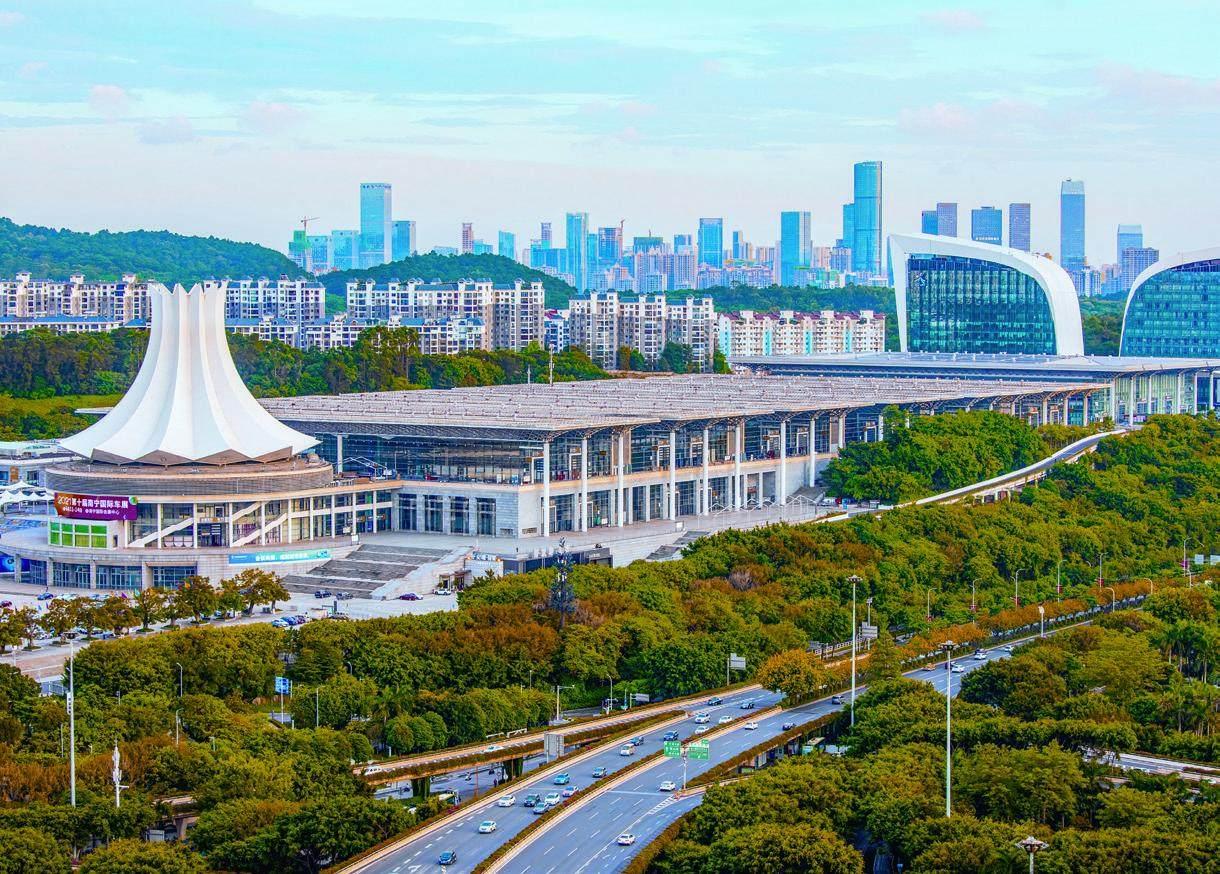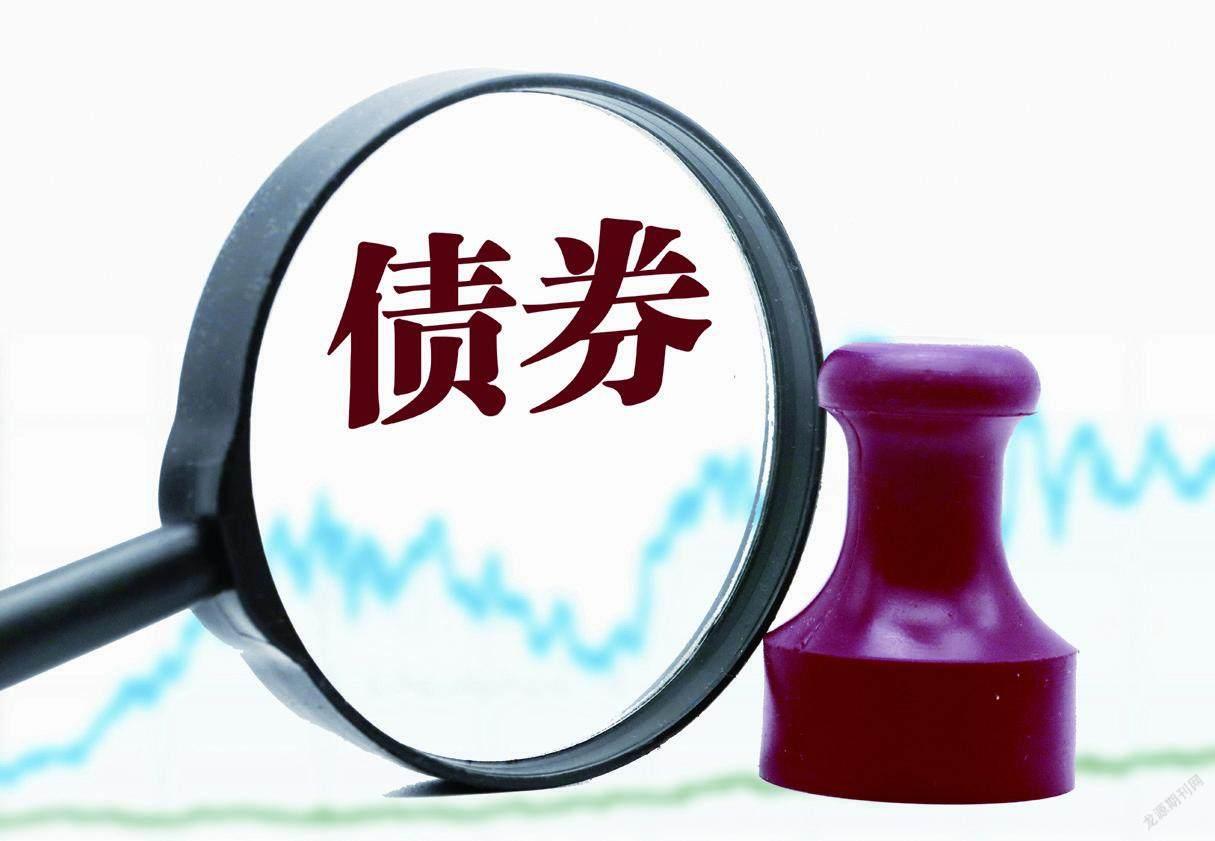CCPIT
CCPIT
The CCPIT and Peoples Government of Guangxi Zhuang Autonomous Region Signs Memorandum on Deepening Cooperation
On March 1, Ren Hongbin, Chairman of the China Council for the Promotion of International Trade (CCPIT), met in Beijing with Lan Tianli, Chairman of Guangxi Zhuang Autonomous Region. The two sides signed a memorandum on deepening cooperation.
Ren Hongbin said that over the years the CCPIT and Guangxi have had fruitful cooperation in many fields such as trade and investment promotion, exhibition and forum holding, and commercial legal services. They have jointly hosted 18 China-ASEAN business and investment summits consecutively, making it an important platform for promoting regional economic integration. The CCPIT stands ready to take the signing of the memorandum as a new starting point to promote deeper and more pragmatic cooperation between the two sides, boost the development of Guangxis open economy and make new contributions to accelerating the building of a new development paradigm.
Lan Tianli extended his gratitude to the CCPIT for its long-term support to Guangxi and then briefly introduced Guangxis economic and social develop- ment as a whole. He also expressed his willingness to work with the CCPIT to build a new highland of openness and cooperation that is open to ASEAN countries and better serves the Belt and Road Initiative, so as to speed up the high-level opening up and high-quality development of Guangxi.
According to the memorandum, the two sides will further deepen institutionalized cooperation, work together to upgrade the development of the China-ASEAN Business and Investment Summit and promote the establishment of multilateral and bilateral cooperation mechanisms. Also, the two sides will boost foreign trade and investment cooperation, strengthen the construction of pilot free trade zones, facilitate cooperation in the construction of a new land-sea corridor in the western region, and improve foreign-related commercial legal services. Finally, both sides will enhance leadership and support for Guangxis trade promotion work, encourage exchanges of cadres and talents, and support the China Chamber of International Commerce (CCOIC) to play a bigger role.
CCPIT Vice Chairman Zhang Shaogang Attends 1st Virtual Conference of Chambers of Commerce & Industry of ACD Member Countries
On January 20, Zhang Shaogang, Vice Chairman of the China Council for the Promotion of International Trade (CCPIT), attended the 1st Virtual Conference of Chambers of Commerce& Industry of ACD Member Countries and delivered a speech at the roundtable session.
Zhang Shaogang noted that against the backdrop of COVID-19 pandemic, the deep recession of world economy and the headwinds against economic globalization, Asian business chambers and associations should continue to uphold multilateralism to promote the liberalization and facilitation of global trade and investment, expand open and diversified cooperation areas to enhance international coordination and cooperation, and promote trade and investment in various ways. The CCPIT stands ready to continue to work with Asian business chambers and associations to provide platforms for business cooperation and boost Asian trade and investment.
As an important sideline of the ministerial meeting of the Asia Cooperation Dialogue (ACD), the virtual conference was hosted by the Union of Chambers and Commodity Exchanges of Turkey. Representatives of national business chambers and associations of ACDs 32 member states attended the conference and exchanged views online.
FIGURES
48.4
Chinas non-manufacturing PMI was at 48.4, after 51.6 in February. And the countrys official composite PMI, which includes both manufacturing and services activity, came in at 48.8, compared with 51.2 in February, according to the National Bureau of Statistics.
25%
It is expected Chinas B2B cross-border market will grow at a compound annual growth rate of 25% to a market size of RMB 13.9 trillion from 2021 to 2025.
RMB 20 million
Industrial enterprises with annual revenue of at least RMB 20 million (USD 3 million) totaled about RMB 1.16 trillion in profits in the first two months, up 5% year-onyear.
RMB 52.7 trillion
As of the end of last year, outstanding loans to private firms stood at RMB 52.7 trillion (USD 8.27 trillion), increasing by RMB 5.5 trillion from the beginning of the year, data from the China Banking and Insurance Regulatory Commission showed.
2.8%
Chinas rail cargo volume, a key indicator of economic activities, rose 2.8% year-on-year in the first quarter of the year, data from the China State Railway Group Co Ltd (China Railway) shows.
1.4%
Chinas shipments of personal computer (PC) monitors are forecast to edge down 1.4% this year, lower than the 3.6% worldwide drop in 2022, data from an industry report showed.
1.5 million
By the end of February, Chinas 5G base stations topped 1.5 million in number, with 81,000 built in the first two months of the year.
RMB 5 trillion
The transaction volume of Chinas fresh food market is expected to increase from RMB 5 trillion (USD 785 billion) in 2020 to RMB 6.8 trillion in 2025, fueled by increases in per capita disposable income, according to iResearch.
7.9%
In the January-February period, retail sales of grain, oil and food hit RMB 310.26 billion(USD 48.85 billion), up 7.9% year on year, while those of beverages and tobacco and alcohol rose 11.4% and 13.6%, respectively.
3.9%
In 2021, the total sales volume of the top 100 real estate developers reached RMB 9.08 trillion (USD 1.43 trillion), up 3.9% year-on-year, said the report by the China Index Academy, a property research institution.
104
The survey, jointly conducted by the China Federation of Logistics and Purchasing and e-commerce giant JD.com, showed that the index tracking e-commerce logistics activities stood at 104 points in March, edging down 4.9 points from the previous month, the lowest in recent two years.
200 million
The National Energy Administration is targeting 200 million tons of crude production this year, up from last years 199 million tons.
QUOTES
Just as the economies of East Asia and the Pacific were recovering from the pandemic-induced shock, the war in Ukraine is weighing on growth momentum. The regions largely strong fundamentals and sound policies should help it weather these storms.
— Manuela V. Ferro, World Bank Vice President for East Asia and Pacific
It deserves attention as it will influence how policymakers will adjust monetary policy and industry regulations, including in the property sector, in April to counter rising economic headwinds.
— Wang Qian, Vanguards Asia-Pacific chief economist
The decision to introduce tax breaks for families taking care of children under the age of 3 was made in light of overall demographic changes in China in recent years. It will not only be conducive to balanced population growth in the long run and better tap into Chinas demographic potential, but will also help lay a solid foundation for accumulating human capital and promote high-quality development.
— Li Xuhong, Director of the Institute of Finance and Taxation Policy and Application at Beijing National Accounting Institute
To sustain poverty reduction gains, China will focus more on achieving endogenous development in areas that have been lifted out of poverty and introduce vigorous measures to support rural revitalization.
— Ma Jiantang, Secretary of the Development Research Centers Party leadership group
The new car again reaffirms our targeting the Chinese market as top priority.
— Johann Wieland, President and CEO of BMW Brilliance Automotive Ltd (BBA), a joint venture between BMW and Chinese carmaker Brilliance China Automotive Holdings Ltd
Shocks emanating from the war in Ukraine and the sanctions on Russia are disrupting the supply of commodities, increasing financial stress, and dampening global growth.
— The World Banks newly released East Asia and Pacific Economic Update said
POLICIES
Government Bonds to Add Effective Investment
China will make the most of government bonds to expand effective investment, enhance development momentum and promote steady economic growth, according to a decision made at the State Councils executive meeting chaired by Premier Li Keqiang recently.
The meeting noted growing complexities in the international landscape, new challenges facing domestic development, and increasing downward pressure on the economy. When formulating this years macro policies, various changes in and outside of China have already been taken into account, it said.
Keeping the economy stable in the first quarter and first half of the year is crucial to achieving the annual target. It is imperative to swiftly implement the decisions and plans of the Communist Party of China Central Committee and the policy steps laid out in the Government Work Report, the meeting said.
The task of ensuring stable growth needs to take priority. Policies to keep the economy stable should be introduced whenever possible, while policies that could adversely affect market expectations should be avoided. Contingency plans to cope with greater uncertainty will also be drafted, the meeting said.
“Tax refund policies should be fully delivered as planned, and businesses will be supported to tide them over difficulties, and to stabilize and increase jobs,” Li said.
The meeting noted that to keep the macro leverage ratio generally stable, RMB 3.65 trillion (USD 575 billion) of special bonds for local governments will be allocated this year. The Ministry of Finance had already funneled RMB 1.46 trillion from the 2022 quota by the end of last year.
China to Pilot Digital Yuan in More Cities
Chinas central bank announced that its digital yuan pilot program will be expanded to more domestic cities following its successful operation over the past years.
The digital fiat currency, or e-CNY, will be accessible in Tianjin and Chongqing municipalities, Guangzhou in south Chinas Guangdong Province, Fuzhou and Xiamen in east Chinas Fujian Province, and six cities in east Chinas Zhejiang Province hosting the 2022 Asian Games, the Peoples Bank of China (PBOC) said in a statement.
The country has tested the use of the digital yuan in over 10 places from Shenzhen to Shanghai and Xiongan New Area. Most recently, Beijing and Zhangjiakou were included into the program after tests in the 2022 Olympic and Paralympic Winter Games.
A number of application modes have taken shape in wholesale and retail, catering, tourism and payment of administrative fees, which cover both online and offline scenarios and can be replicated and promoted, according to a PBOC meeting recently.
Digital yuan transactions in China amounted to nearly RMB 87.57 billion (USD 78 billion) by the end of 2021.
China Sets Energy Targets for 2022
Chinas National Energy Administration has released a guideline on energy development for 2022, detailing targets for securing energy supplies and boosting energy efficiency.
In 2022, annual domestic energy production capacity will amount to 4.41 billion tons of standard coal while crude oil output will reach around 200 million tons, according to the guideline.
Natural gas output is expected to reach 214 billion cubic meters, the guideline specifies.
It also seeks to steadily lower the nations dependence on coal, pledging to increase the share of non-fossil fuel in Chinas overall energy consumption to around 17.3%.
Wind power and photovoltaic power generation will account for about 12.2% of power consumption, the guideline notes.
- China’s foreign Trade的其它文章
- The New Patent Law Brings Great Changes to Improve the Business Environment in China
- What Does China’s Accession to the Hague Agreement Mean?
- The Silver Economy Becomes the New Blue Ocean
- Mitigating Energy Shortages in China
- Accelerate the Digital Transformation
- What are the Hot Spots of the Digital Economy?

